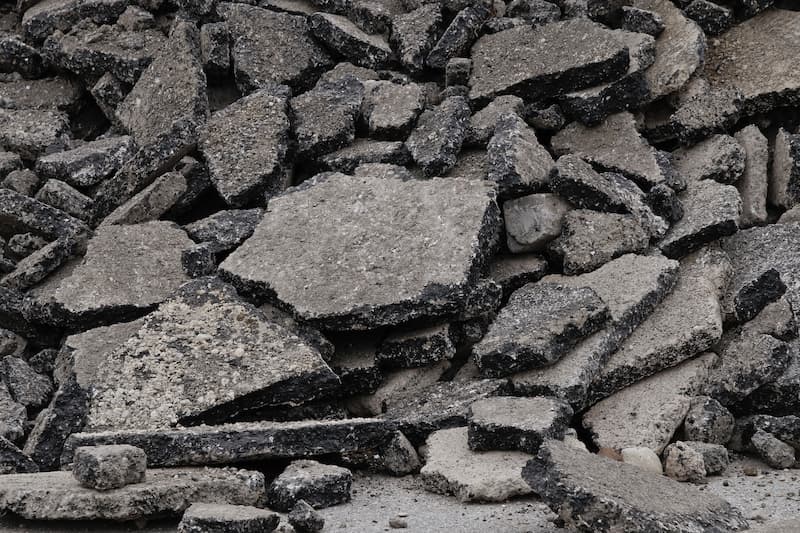Construction waste
Building materials dominate raw material consumption
Large amounts of resources are required by the building industry, which accounts for about 50% of the overall raw material production. In the EU, the building industry generates over 35% of the total waste volume. The production of raw materials required by the building industry for building products, new structures and the renovation of buildings is estimated to account for 5-12% of the total greenhouse gas emissions.
Source: European Commission, A New Action Plan for the Circular Economy. Towards a cleaner and more competitive Europe. 2020. P. 12
The demand for building materials is huge, and therefore the correct handling of construction waste and construction site waste is an ecological and economic necessity.
Recycled building materials from waste mineral construction masses
Mineral construction waste can be reused for the production of recycled building materials that can then be used for building new structures. Recycled building materials may be produced from certain waste materials, such as, for instance, demolished concrete, asphalt and building rubble and must not be polluted or contain any trash.
Source: Brochure on Construction Waste Recycling and Disposal, published by the Austrian Chamber of Commerce. 2018 P. 23.In Germany, 218.8 million tonnes of mineral construction waste (building and road rubble, earth and stones and building site waste) including excavated soil were generated in 2018, making it the most important waste group in Germany in terms of volume.
Source: https://www.umweltbundesamt.de/daten/ressourcen-abfall/verwertung-entsorgung-ausgewaehlter-abfallarten/bauabfaelle#recycling-baustoffe